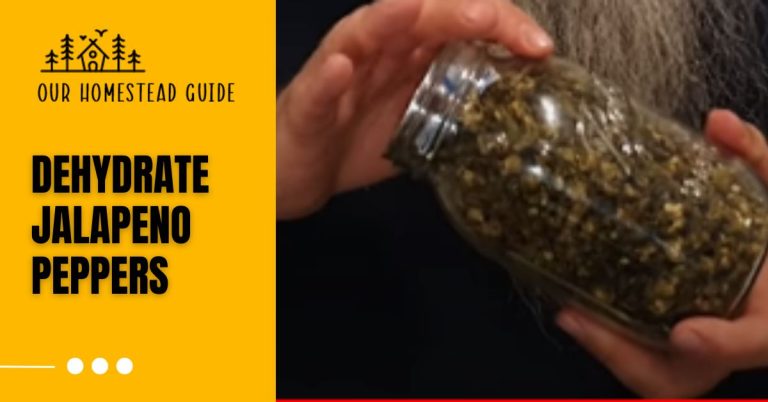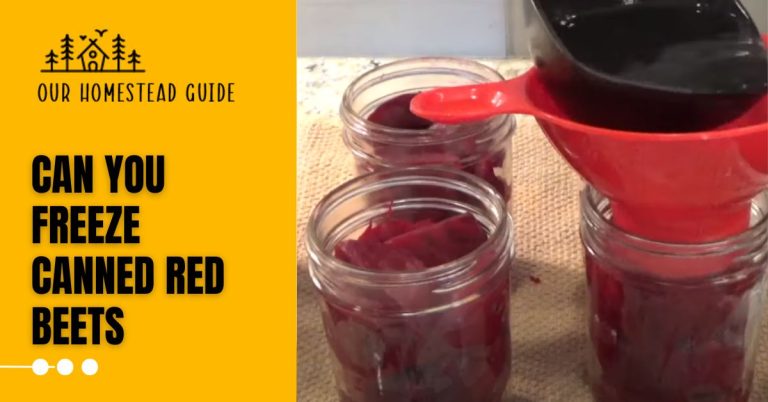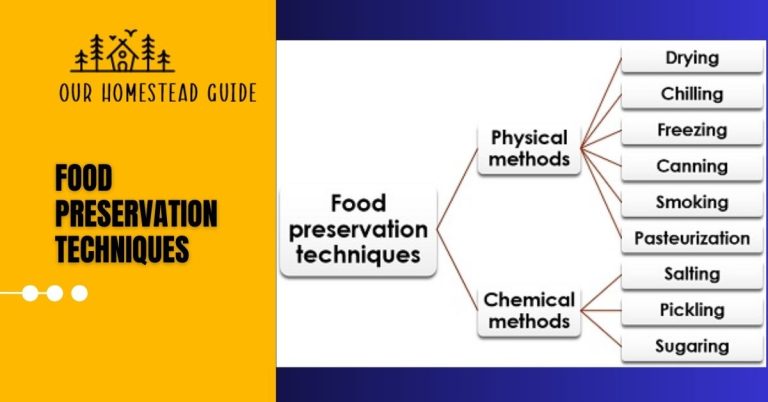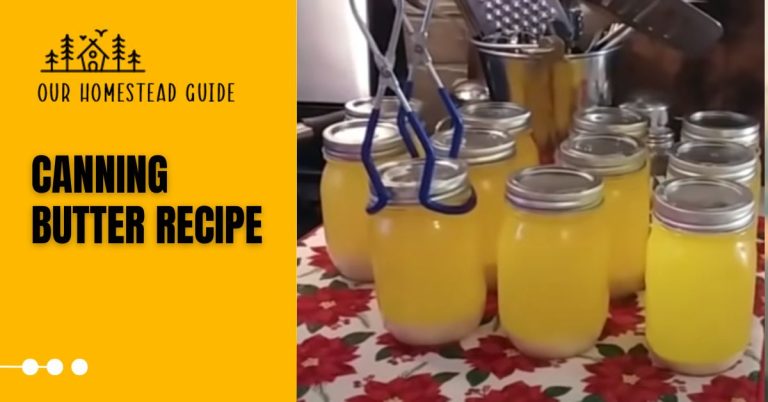8 Types of Homemade Flock Block: Chicken Treat Step by Step
The Homemade Flock Block is a one-of-a-kind chicken food that also serves as a boredom reliever, including oyster shell and grit to enhance natural pecking habits. Providing homemade goodies during cold winters helps minimize chicken ennui while also saving money and keeping them occupied.
Types of Homemade Flock Block
There are several recipes for handmade flock blocks, each tailored to your flock’s individual requirements. Here are eight different kinds of DIY flock blocks:
1-Grain Flock Block (Basic):
Made from a combination of grains such as corn, wheat, and oats, with molasses or gelatin added as a binding agent.
2-Block of High-Protein Flock:
Protein-rich foods such as soybean meal, sunflower seeds, and legumes are included to aid with muscle building.
3-Block of Egg-Laying Flock:
It is intended for laying hens and contains calcium sources such as broken eggshells or oyster shells for robust eggshells.
4-Herbal Flock Control:
Uses dried herbs and plants such as mint, oregano, and basil for potential health benefits and taste.
5-Seed Flock and Molasses Block:
Combines seeds, grains, and molasses to create a nutrient-dense, energy-dense delight.
6-Flock Block with Garlic and Herbs:
Garlic, herbs, and other natural additions are included to potentially repel parasites and increase immunity.
7-Flock Block with Probiotics:
Include probiotics or yogurt to help your flock’s intestinal health.
8-Flock of Insects and Mealworms:
For increased nutrition and amusement, add dried insects, mealworms, or black soldier fly larvae.
How to Homemade Flock Block?
Step 1: Gather Ingredients
Compile the following ingredients:
- 2 cups chicken feed (mash feed preferred)
- 1/2 cup coconut oil (or lard) melted
- 1 tablespoon cinnamon
- 2 cups grubs (mealworms or scratch-and-peck grubs)
- 14 cup rolled oats
- 1 cup cracked (or flaxseed) corn
- 1/2 cup flour (preferably organic)
- a third of a cup of blackstrap molasses
- 4 eggs
- 1/2 cup herbs (for example, oregano, thyme, or clucking excellent herbs)
- 2 smashed garlic cloves
- a loaf pan (or something similar) and parchment paper
Step 2: Combine the dry ingredients
Combine the dry ingredients, which include chicken feed, cinnamon, grubs, rolled oats, cracked corn (or flaxseed), and flour, in a large mixing bowl.
Step 3: Combine the Wet Ingredients
Combine the wet ingredients in a separate bowl: melted coconut oil, blackstrap molasses, eggs, herbs, and smashed garlic. Mix until everything is properly blended.
Step 4: Mix the dry and wet ingredients together
Add the wet ingredients to the dry mixture gradually. Ensure that all of the ingredients are fully incorporated and that the molasses is spread equally throughout the mixture. This will result in the creation of the treat block basis.
Step 5: Form and bake
Use parchment paper to line the loaf pan. Put the mixture in the pan and form it. Preheat the oven to 350 degrees F. Bake for 40-45 minutes, depending on the size of the loaf pan. Check after around 30 minutes to prevent burning, since oven timings might vary. When the block is hard and aromatic, it is done.
Step 6: Set aside to cool.
Remove the flock block from the oven and set it aside to cool. As it cools, it should solidify.
Step 7: Make an offer to the chickens.
When the flock block has cooled, serve it to your hens as a nutritious and fun treat. It can help prevent boredom while also providing necessary nourishment.
Flock Block | Treat for Chickens
| Product Name | Description | Disease Impact | Solutions |
| Flock Block | A treat for chickens and poultry | Limited direct disease impact. | Provides entertainment and nutrition. |
| May help reduce stress in flocks, | Proper flock management, hygiene, and | ||
| which can improve overall health. | vaccinations are key for disease control. |
WHAT IS A DIY FLOCK BLOCK?
A DIY chicken feed flock block is a simple and inexpensive method to feed your hens.
These blocks are a big hit with our chickens.
When we run out of chicken feed, we use this recipe along with a few others to feed them. Until we can get another order of chickens.
Almost as much as Dan’s “drunk chicken feed” from the local brewery. This is the wasted fermenting grain used in the production of beer. Chickens, turkeys, and evidently pigs enjoy it.
These blocks ensure that your hens get the proper amount of proteins, carbs, lipids, vitamins, and minerals.
WHAT’S IN A FLOCK BLOCK
Make your flock block in whatever way you choose.
Your DIY flock block may be prepared with a few simple things you probably already have on hand, depending on what’s in your pantry and what your hens enjoy to eat.
Ingredients that might be used include
- Grains
- seeds
- fruits and/or vegetables that have been dried
- Lard or molasses
- Egg Shells, Crushed
What is a homemade flock block?
Yes, that is an apt and succinct description of a handcrafted flock block. It’s a homemade treat or supplement intended to entertain, psychologically engage, and supply additional nutrients to backyard chickens and other fowl, hence alleviating flock boredom and pecking.
Flock blocks have numerous functions:
Nutrition: They give a balanced meal to augment what animals would hunt for themselves, ensuring critical nutrients are obtained.
Entertainment: Flock blocks can assist animals avoid boredom by keeping them active while they peck and nibble at the block.
Health: The extra minerals and vitamins can help keep the birds healthy, increase eggshell production in laying hens, and improve general well-being.
Quality of Eggs: To promote sturdy eggshells, flock blocks with additional calcium might be very advantageous for laying hens.
Farmers and poultry keepers frequently manufacture their own flock blocks to customize ingredients to the needs of their animals. Ingredient safety and appropriateness must be assured.
Benefits of Flock Block Ingredients
The elements in a flock block provide numerous advantages to the animals who consume them:
Flock Block Nutrition:
The contents in flock blocks give necessary nutrients, vitamins, and minerals, which aid in the animals’ general health and well-being.
Flock Block Quality of Eggs:
Calcium sources improve eggshell quality, making them stronger and less prone to breaking in laying hens.
Entertainment:
The process of pecking and nibbling at the block entertains the animals and relieves boredom, which is especially useful for restricted or indoor flocks.
Flock Block Health:
Certain substances, such as probiotics for digestive health or garlic for parasite control, can help with certain health needs.
Customization:
Farmers may customize ingredients to match their flock’s individual dietary needs, ensuring that the animals get what they want.
Cost-Efficiency:
Making your own flock blocks can be a low-cost option to enrich your animals’ nutrition while decreasing waste.
Flock Block Control:
Controlling the components enables for the avoidance of dangerous substances or allergies, assuring the animals’ health and safety.
homemade flocking powder
Homemade flocking powder is a craft ingredient that may be used to produce a fuzzy or velvety texture on a variety of surfaces, generally for ornamental purposes. Here’s a simple formula for homemade flocking powder:
Ingredients:
Adhesive: White glue, cloth glue, or spray adhesive are all options.
Material for Flocking: Depending on the desired texture and color, flocking fibers or finely powdered materials such as paper, cloth, or even sawdust can be used.
Optional food coloring or acrylic paint: If you desire a certain hue, tint the flocking substance.
Instructions:
Select your adhesive: Begin by choosing an acceptable adhesive. White glue or fabric glue is frequently utilized, however spray adhesive can be used for quicker application.
Mix with the following ingredients (optional): If you want colorful flocking, put a few drops of food coloring or acrylic paint with the glue. This phase is optional and is dependent on the needs of your project.
Apply the adhesive: Apply the glue to the area where you wish to put flocking in a uniform layer. It might be made of paper, cloth, wood, or another material.
Flocking substance to sprinkle: Sprinkle the flocking material liberally over the adhesive-coated surface while the glue is still wet. To achieve equal covering, you can shake the material over the surface or use a tiny sifter.
Conclusion:
Homemade flock blocks are a low-cost, adaptable option for chicken nutrition and amusement. Customizing ingredients to meet specific demands protects the health of chickens and other birds. These blocks are a nutritional treat as well as a beneficial addition to flock management, encouraging healthy and engaged flocks.
Most Frequently Asked Questions!
1. What is a homemade flock block?
A handmade flock block is a solid, sometimes block-shaped chicken treat produced from grains, seeds, and other materials. It serves as both food and entertainment for the flock.
2. Why make homemade flock blocks?
Homemade blocks allow you to adjust ingredients to the exact needs of your flock, manage additives, and save money.
3. What ingredients can I use in homemade flock blocks?
Yes, if you utilize safe and acceptable materials, handcrafted blocks may be a nutritious and enjoyable addition to your flock’s diet.
4. Are homemade flock blocks safe for chickens and other poultry?
Yes, handmade blocks may be a nutritious and pleasurable supplement to your flock’s diet provided you use safe and appropriate materials.
5. How do I make homemade flock blocks?
There are several recipes available online. Typically, the components are combined with a binding agent such as molasses or gelatin, shaped, and allowed to set.
6. Can homemade flock blocks replace regular poultry feed?
Flock bricks, on the other hand, are nutrients and rewards. They should not be used in place of the principal chicken feed, which must fulfill the birds’ fundamental nutritional requirements.
7. Are there specific flock blocks for different types of poultry?
Yes, there are specialist blocks, such as those with extra calcium sources for laying hens or high-protein blocks for developing birds.
8. How often should I provide homemade flock blocks?
Flock blocks can be supplied on a regular basis, rather than being the primary food source. They’re great for enrichment and special rewards.
9. Can homemade flock blocks help reduce poultry boredom?
Yes, pecking and nibbling on the block helps alleviate boredom and tension, particularly in tight flocks.
10. What should I do if my chickens don’t show interest in the homemade flock blocks?
Experiment with different recipes and ingredients. Chickens may be finicky, so try several combinations to discover one they like.
you may also like this article.




